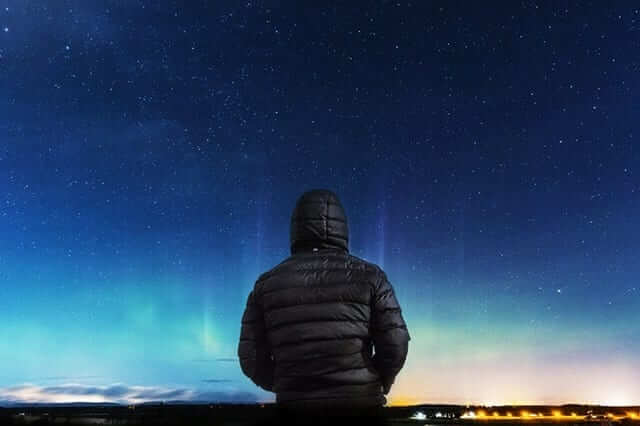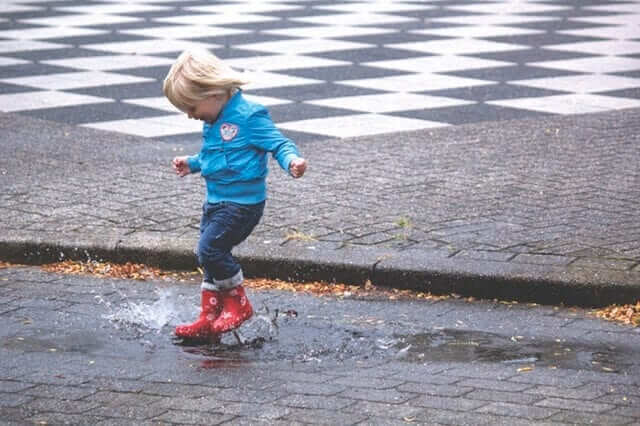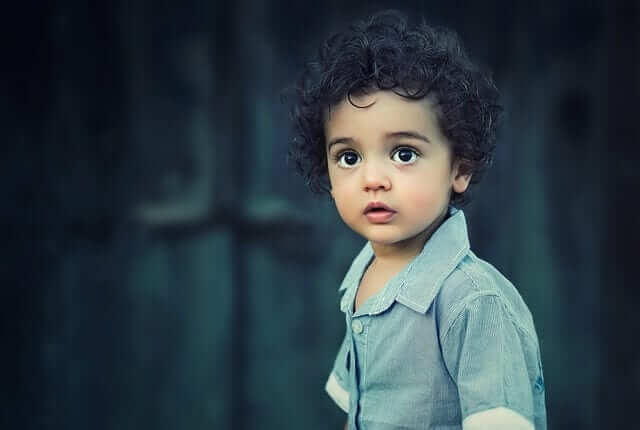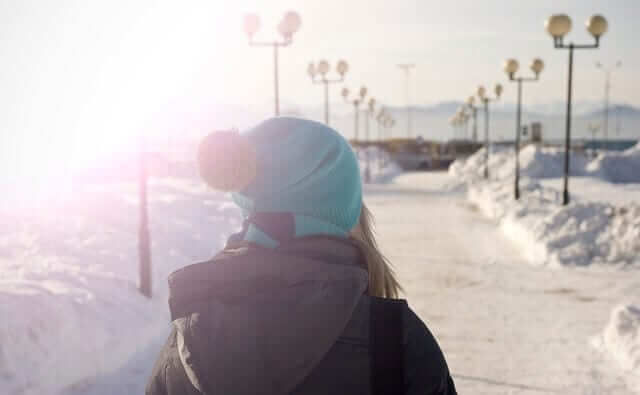or
Sign in with
Already have an account?
or
Sign in with
New to Printique?

You have 0 items in your shopping cart
Forgot Password?
Please enter your email address to receive a link for resetting your password.
Thank You
You will receive an email with further instructions. Please contact customer support if you need any further assistance.
Please verify your email address
A verification link has been sent to your email to activate your account. The link will be valid for 1 hour.
Please check the spam inbox if you can't find the email. If you still can't find it, we can resend it.
A verification link has been sent to your email 00:00

Author: Libby - Printique by Adorama
by John O’Connell
Whether you’re on that once-in-a-lifetime exotic journey or that long-promised family trip into the city, don’t let clouds, cold, snow or rain ruin your photo-taking experience.
Many snapshooters think they can only take pictures when the sun is shining. Actually, cloudy or bad-weather days provide you with lighting opportunities and environmental conditions that enhance, not detract from, your images.
Here are a few tips about making pictures in bad weather.
1. Be Comfortable
Dress appropriately. You won’t take good pictures and you won’t enjoy the experience if you don’t prepare for the cold or rain. Protect your camera and lenses, for sure, but protect yourself from the elements as well. The idea is to have a fun day and get good pictures, too.
Some of the best night-sky, star-trail and aurora images can only be captured when it’s bitter cold outside. But dress in layers, wear warm fingertip-less gloves, use a tripod with friendly covered legs (to protect your hands from touching the metal), and you’ll be ready to stay out long enough to shoot the stars.
2. Advantages
Try to use the bad weather to your advantage. For example, brightly colored slickers and rain hats on children, the patterns created from dozens of open umbrellas, iconic buildings and tourist sites reflected in puddles, icicles hanging from power lines, tree branches and roof gutters make for interesting images you’ll never take in the summer sun. A farmer and his dog walking along a dirt road in the countryside is a pretty picture in sunshine; but it’s a memorable, emotionally evocative image with rain pouring down. Children sledding and laughing in the snow, making snowmen and snow angels are seasonal shots worth framing.
3. Natural Lighting
Cloudy skies provide even lighting for outdoor portraits. Harsh sunlight produces lots of light, which is generally a good thing, but it also produces dark shadows, and it’s hard to properly expose for very bright and very dark in the same scene. Further, strong, directional sunlight can emphasize wrinkles and blemishes, which isn’t the most flattering for your portraits. The more gentle, soft illumination of a cloudy day helps produce a more natural image.
4. Exposure
If the clouds are heavy and you don’t think there’s enough light, you can open up the aperture (f1.8, 2.0, 2.8, 3.5 or so), which you might want to do anyway for a shallow depth of field, and use a slower shutter speed to let in more light. This means you will need to use a solid tripod. You can also use a reflector to bounce some skylight onto the face.
Be careful of exposure in the snow. All that white will fool your exposure meter if you’re set to matrix and auto. Use your spot meter setting aimed precisely at your subject and use exposure bracketing to make sure you get the perfect image.
So don’t leave the camera in the bag when the weather gets nasty or “dull.” Dress right and get out there. Happy picture making! For more photography tips from Adoramapix.com, click here.




